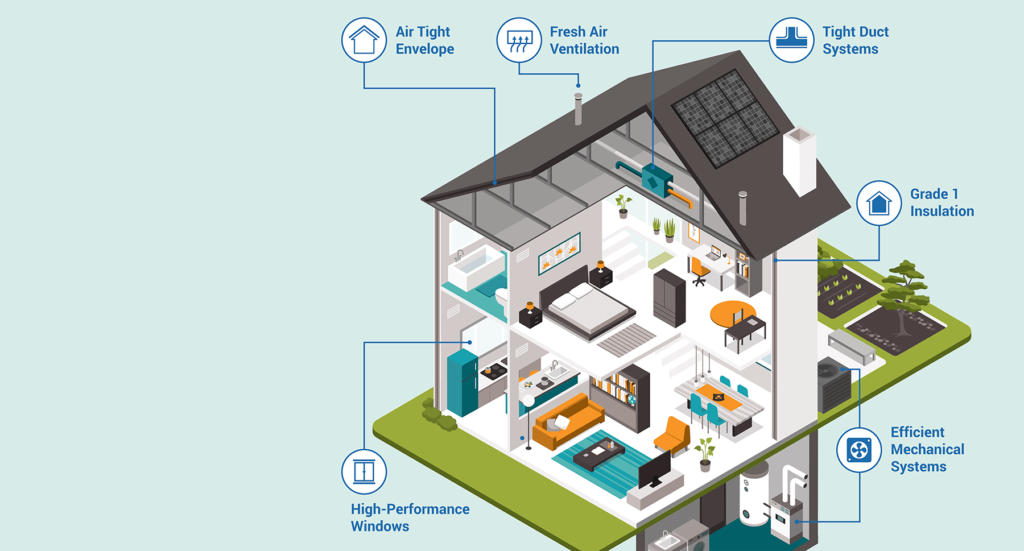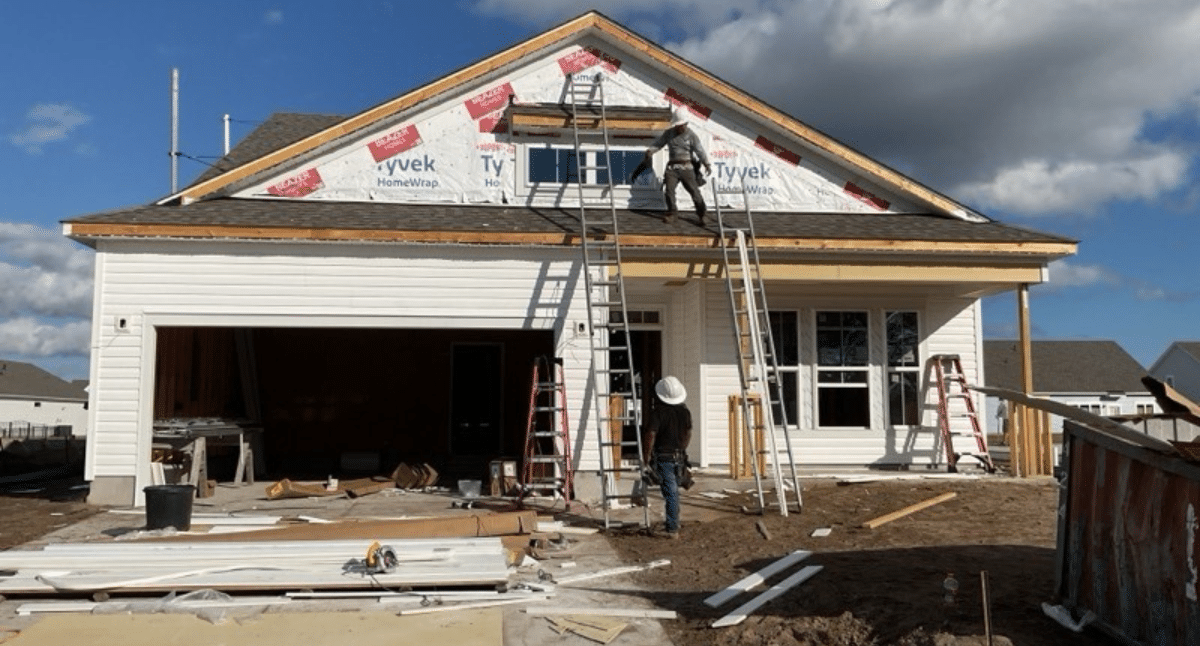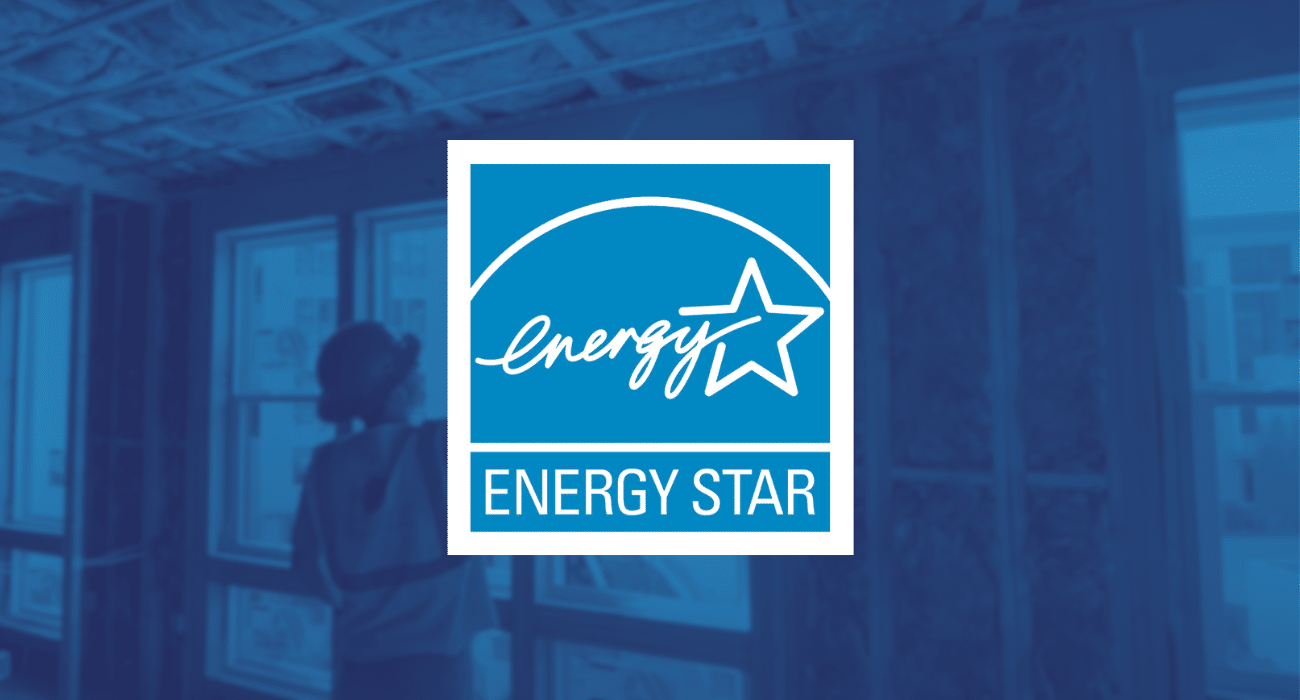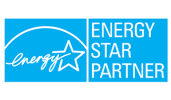- Kyle Schultz
- May 29, 2020
- 5 Minute Read
Topics in This Article
Why focus on healthy home strategies?
On average, we spend 90% of our time indoors. Most people don’t realize that the way in which buildings are built, and what’s inside them affect our health and well-being. From the materials used to build the home, to how the home is equipped to guard against things we can’t always see (like carbon monoxide, radon, chemicals, common allergens, moisture, and mold), our homes can have a big impact on our comfort and wellness.
Healthy Homes on the Rise
We’ve been longtime advocates for healthy homes and it’s starting to catch some buzz from big names in the industry like Builder Online, Meyers Research/Metrostudy, and the Shelton Group. They’re pointing to healthy homes as an area to focus on in the times ahead and as a way to position yourself to set your business apart in a changing market. This pandemic has driven home buyers to re-evaluate their wants & needs in a home, and health is becoming more and more important. While health is a major player, it’s not the only thing on buyers’ wish list! Check out our recap of a recent Shelton Group webinar to see what else people are looking for in a home, and tips on how to tap into these new demands.
Ultimately, people want control over their health, and peace of mind that they feel safe in their homes.
How do I build a "healthy home"?
Rather than diving into the technical details (which you can find here)— we’ve broken it down into 3 simple steps that can help you deliver these types of homes.
1. Start with High-Performance
There’s a huge amount of overlap between high-performance & healthy homes. In fact, the majority of home performance and green building programs incorporate indoor air quality requirements. So if you’re building with a program like HERS ratings, ENERGY STAR, ecoSelect, or NGBS, you’re one step in the right direction. Learn more about choosing a high-performance home program people trust in our recent post.
High-performance isn’t just about energy efficiency, it’s about treating the house as a system, and taking a holistic look at how all the components of the home are designed to interact with each other. Controlling air movement, moisture, ventilation, filtration, temperature, humidity, and heating & cooling systems plays a vital role in creating a balanced indoor environment. Getting these things right results in a more comfortable, durable, and energy efficient home.
2. Add Indoor Air Quality Improvements
The next step is to start incorporating certain building practices, technologies and materials. A few examples below.
Materials
Use low emission products. Eg.- composite wood products (trim, OSB, cabinets), low VOC paints & finishes, low VOC carpet and carpet adhesive, and formaldehyde free insulation. Here’s a helpful guide on how to find low emission products.

Fresh Air Ventilation
This allows an airtight home to “breathe” and removes particulate matter & chemicals from the home. One of our favorite sayings is “Build it tight, ventilate right”. Supply only ventilation results in 97% cleaner air & exhaust only ventilation results in 70% cleaner air. See our blogs on best practices for ventilation in NC & ventilation strategies for a deeper dive.
Filtration
Use anything from MERV 8 to 13 to HEPA filters to remove particulate matter and allergens from the home.
Control Temperature & Humidity
Proper sizing & design of the HVAC system is critical to maintain comfortable levels of temperature & humidity. This also increases the lifespan of the HVAC system by avoiding short cycling. Room pressure relief systems help maintain consistent temperatures in bedrooms (think dedicated room returns, jumper ducts, & transfer grills). And remember that saying, “build it tight, ventilate right”? We want an air tight envelope and properly installed insulation to keep the air conditioning IN THE house (and outside air OUTSIDE the house).
Moisture Management
Practices like sealed crawl spaces, proper grading and drainage, weatherization (aka housewraps, flashing, etc.) help keep water where it is supposed to be– outside of the home.
Technology
Some of today’s top manufacturers are leading the change in the healthy home space with innovative technologies to control, and actively manage the indoor air quality of homes. Some fine examples of technologies available/coming soon are Panasonic Cosmos, Darwin by Delos, and Broan-NuTone’s Connected IAQ System.
3. Finish with 3rd Party Verification
This is where Southern Energy Management comes in. First, we’ll provide guidance on how to build a “healthy home”, followed by 3rd party inspections, testing & verification during the build process. At the end of the day, you’ll be able to tell homebuyers that you’ve delivered a healthy home with confidence because it’s been inspected, verified, and certified to perform well.
Ready to Improve Your Home Performance?
Reach out to us for help on customizing your healthy home strategy and selecting a performance program that’s right for you.
Ready to Get Started?
Schedule a meeting with us today to review your home performance goals and challenges.
About Us
North Carolina’s solar power and building performance expert. Founded in 2001, we’ve worked for 20+ years to improve the way people make and use energy.















